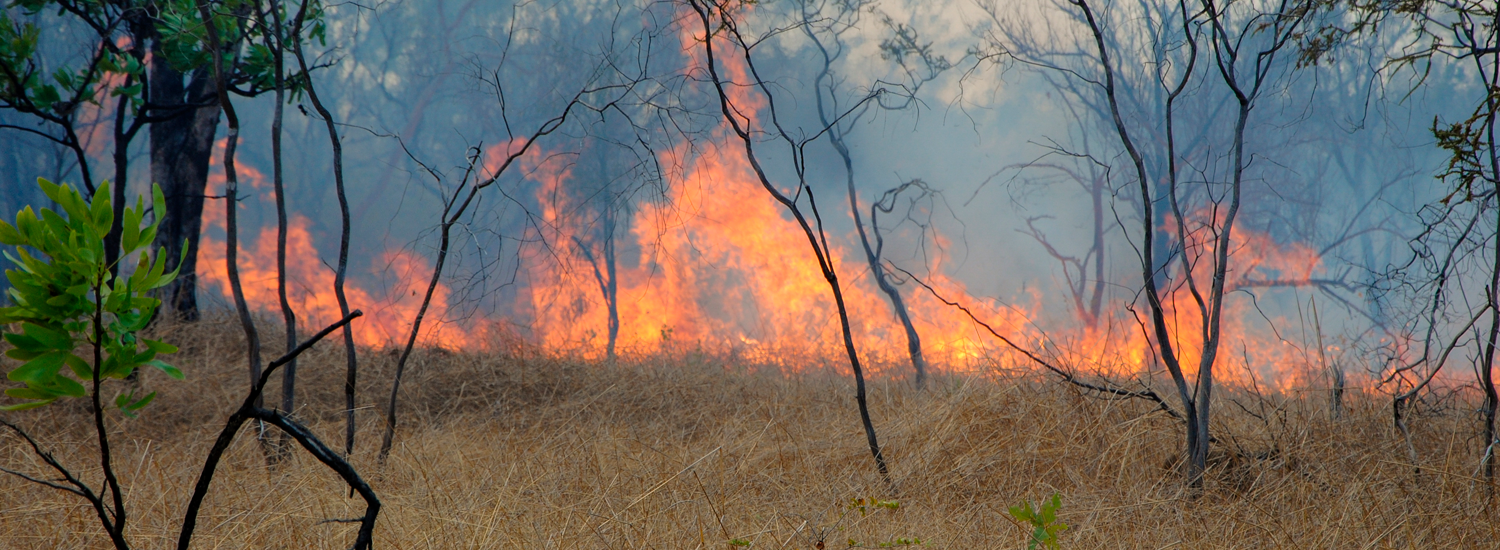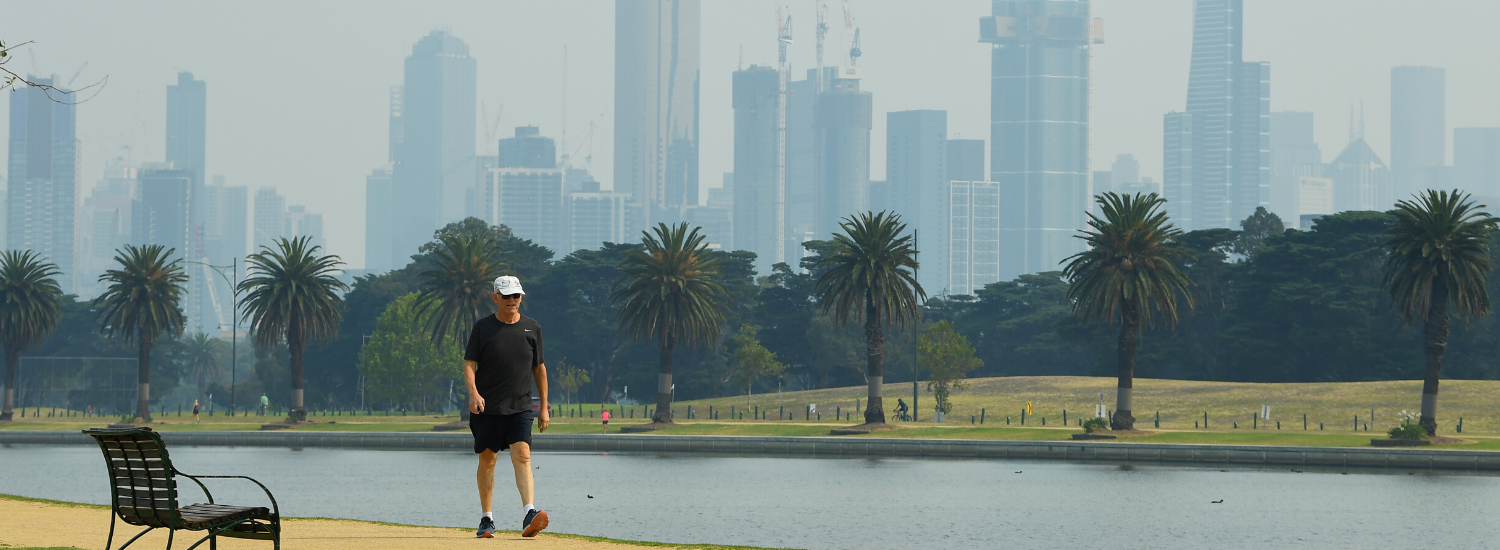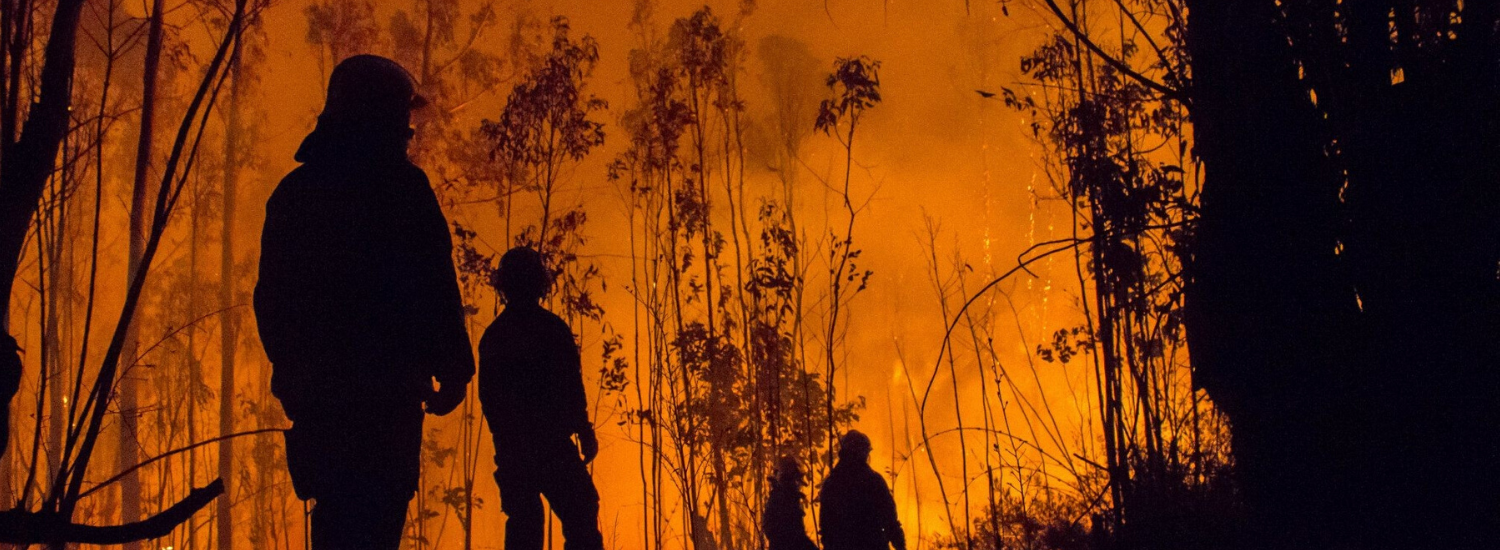
The 2019-20 bushfire season will be very difficult to ever forget. Images of people sheltering in the sea to escape the embers and flames, the property destruction and the devastation of wildlife and the environment were shown all over the world, and – particularly for those of us impacted – will be etched into our consciousness forever.
“I’ve never seen anything like the scale of the bushfires, the geographic areas they covered, and then the extent of damage in each region,” says David Gow, QBE’s Head of Property Claims. “The volume of properties we saw destroyed was something I’ve never, ever experienced before.”
One of the major issues in the aftermath was underinsurance. Seeing a property go up in flames is traumatic enough for property and business owners. Finding out adequate insurance isn’t in place adds another level of devastation.
The underinsurance epidemic
The impact of the Black Summer bushfires resulted in over 30,000 claims worth a total of $2.4bn. And according to the Insurance Council of Australia, many were significantly underinsured.
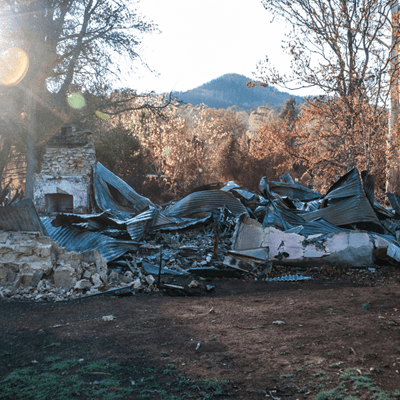 “We saw many businesses that were impacted by bushfires but didn’t have enough insurance to replace everything they lost,” Gow says. “When we look back at lessons from Black Summer, underinsurance is a major one.
“We saw many businesses that were impacted by bushfires but didn’t have enough insurance to replace everything they lost,” Gow says. “When we look back at lessons from Black Summer, underinsurance is a major one.
“Businesses really need to engage a broker to help them assess the true value of their operation and understand where the risks lie.
If customers are not covered for something they should be, then it can quickly put the viability of the business at serious risk, says Gow.
Due to the scale of Black Summer, some of those who were underinsured were given a helping hand by the Government’s removal of debris scheme.
“People were quite fortunate that they were able to put that removal of debris costs towards the rebuild of the property as part of the claims settlement as the government met the costs of the removal of debris” says Gow. “But we still saw that there was significant underinsurance, even with that Government help. There’s no guarantee that will be available next time.”
The insurance industry response
The Black Summer bushfires tested the insurance sector like never before – not just because of the severity, but also the duration, as the bushfires burnt over six months from September to February.
“Obviously you never want to be tested in the manner we were,” says Gow. “But we were very pleased that the technology we had in place performed as well as we hoped it would.
“We were able to get real insights as to where our risks were located. We could instantly see exactly where our risks were. We could check in with our policyholders who hadn’t lodged a claim, while our technology enabled us to assess claims quicker than ever.”
Being on the ground in certain areas is also important too.
“We work closely with the Insurance Council of Australia (ICA),” says Gow. “When a community’s been affected, the ICA will have a presence in the recovery hubs, and we have a presence at those as well. We’ll use our technology to identify how quickly we need to be there, based on the number of customers we have there.”
To help improve its bushfire response and service, QBE has partnered with Sedgewick loss adjusters, and this enables the business to provide a high level of service to brokers and businesses.
“We can ask them to visit a particular broker, for example, to identify more vulnerable customers or those who need help urgently, and then we can get that help to them.”
Preparing for the next catastrophe
As much as we’d prefer it not to be the case, catastrophes such as bushfires are part and parcel of living in Australia. So, it pays to be prepared. This is an important message to share with customers ahead of the season, says Gow.
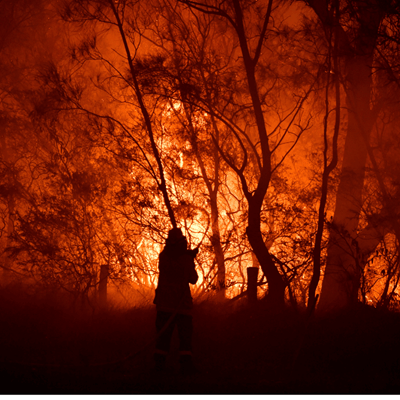 While the right insurance coverage can help a business rebuild, not needing to use it is far more preferable. Mitigation measures such as ensuring the gutters and surrounding areas of a business premises are free from flammable, natural debris can make the difference between a fire taking hold and not.
While the right insurance coverage can help a business rebuild, not needing to use it is far more preferable. Mitigation measures such as ensuring the gutters and surrounding areas of a business premises are free from flammable, natural debris can make the difference between a fire taking hold and not.
“Of course, if you’re right in the path of a bushfire then nothing will stop it,” acknowledges Gow. “However, keeping a fire at bay for ten minutes because you’ve cleaned your building’s gutters, for example, can be just enough time for the Rural Fire Service to get there. We saw that in the last bushfire season, and we’ll see it again.”
Of course, as well as taking the correct preventative measures, it’s vital for business owner to have the right insurance in place, to help the business survive if a bushfire strikes.
Now is the time for brokers to have those important conversations and review coverage with customers, says Gow.
“We know when customers have put the time to have these conversations with their brokers, we can deliver a fantastic result.
“From building to business interruption, there are several policies that can help protect a business.”
More information
Find out more about QBE’s Business Packages or contact your QBE Business Relationship Manager for more information.
Related articles
